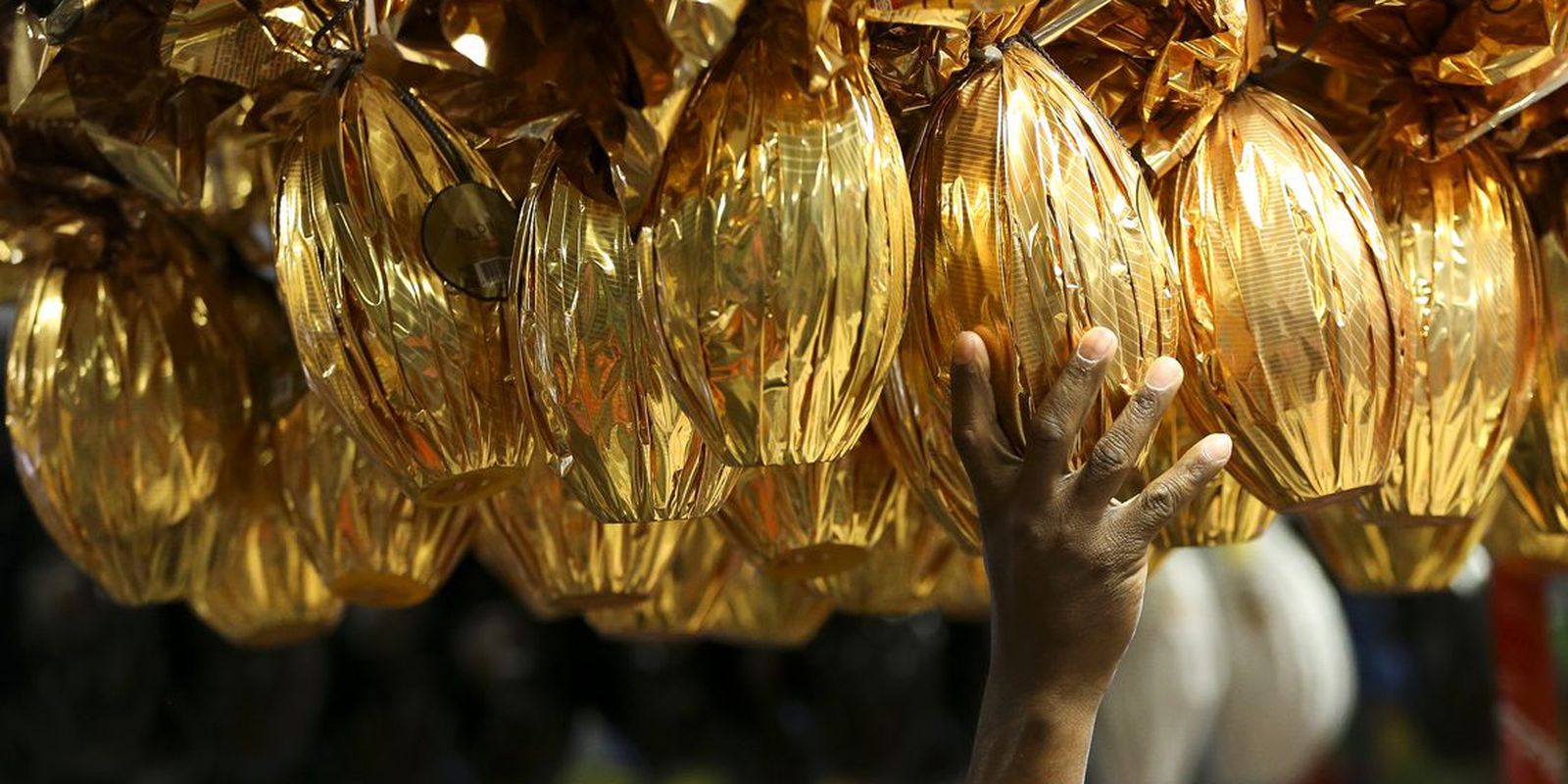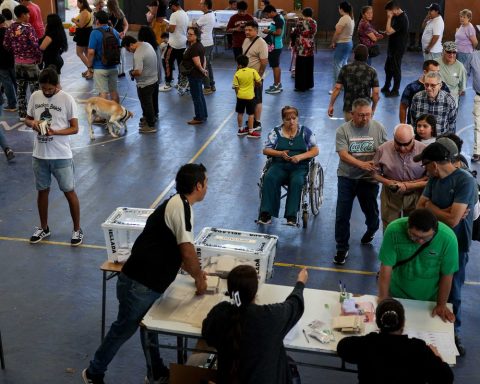Survey released by the Data Research and Intelligence Company Nexus recently revealed that 52% of Brazilians intend to buy chocolate eggs at Easter, and each intends to purchase on average three products.
But how was the passage of the traditional decorated eggs that were presented in the past to the eggs made of chocolate, who dominate the shelves of the trades and are eagerly awaited this time of year by children?
PhD in Theology and Professor at the Pontifical Catholic University of Paraná (PUCPR), Ana Beatriz Dias Pinto, explained that the transition from eggs decorated to chocolates followed an adaptation of the market.
“Although the egg is ancestral symbol of fertility and life (present even before Christianity, in pagan rituals and oriental Christian traditions), the practice of giving chocolate eggs is the result of an industrialization and commodification process of Easter, which intensified throughout the nineteenth century and remained 175 years ago,” he said.
According to the teacher and researcher, the manufacture of the first chocolate eggs began in France and Germany around 1850.
“It was a way of giving something more tasty and more beautiful. Before they were chicken eggs, duck, ostrich, very fragile and visually enriched with paintings and adornments, but they usually had smaller sizes.”
The size of chocolate eggs came with the growth and development of industries.
“There are countries where I have seen eggs the size of a person,” said Ana Beatriz.
For the researcher, “because of this marketingchocolate eggs end up serving market consumerism, but their symbolic dimension for the real Easter is not associated with advertising campaigns, toys and festive packaging, as well as the candle, the rabbit, the Círio Paschal and the Flowers. She is an element that talks about life, the rebirth. ”
The consumerism that can be represented by industry numbers. The Brazilian Association of the Chocolates, Peanuts and Balas Industry (Abicab) estimated that the sector’s production this year should reach about 45 million units. Despite the increase in product prices because of the cocoa production crisis, they are still significant numbers.

















